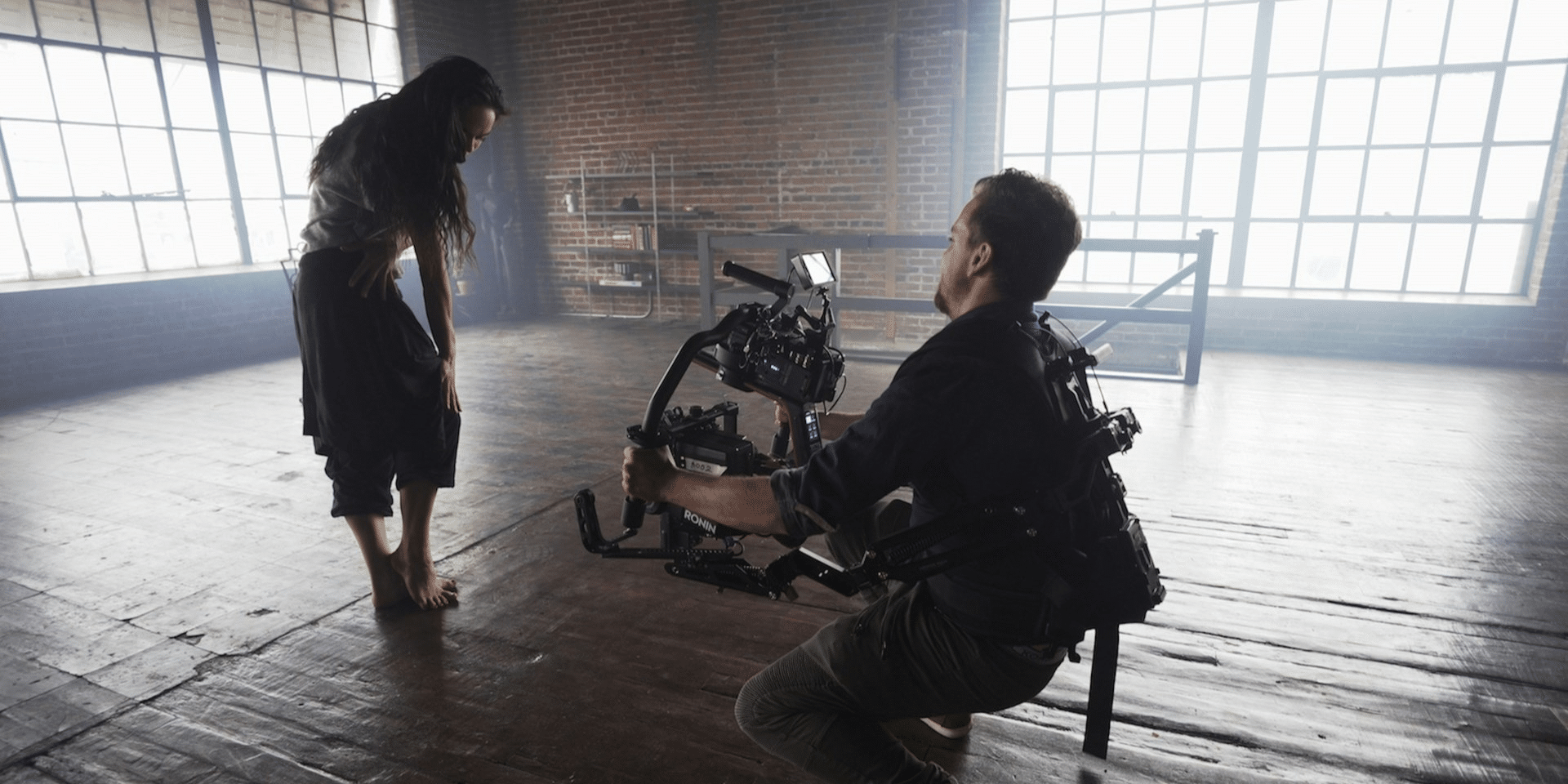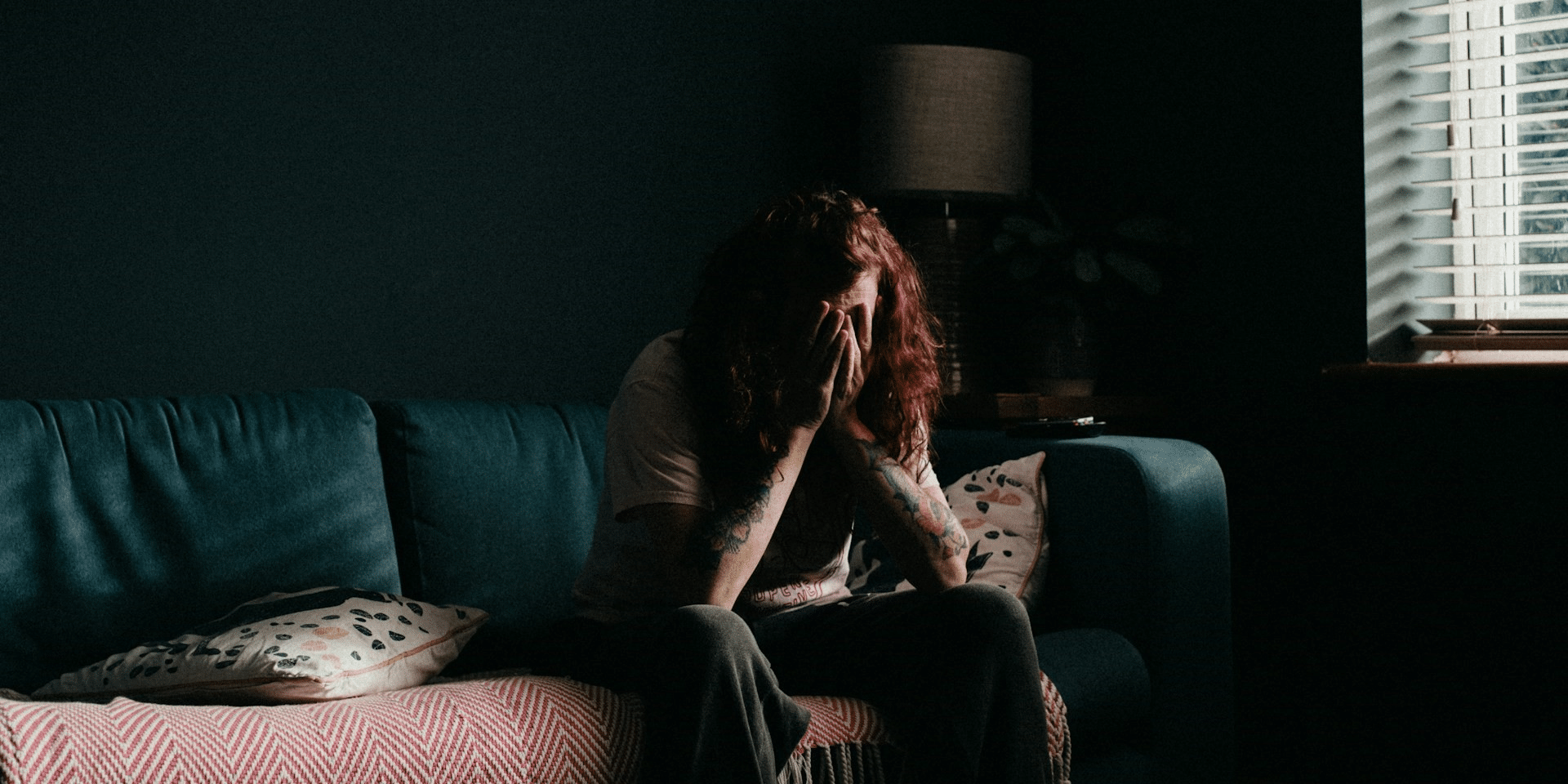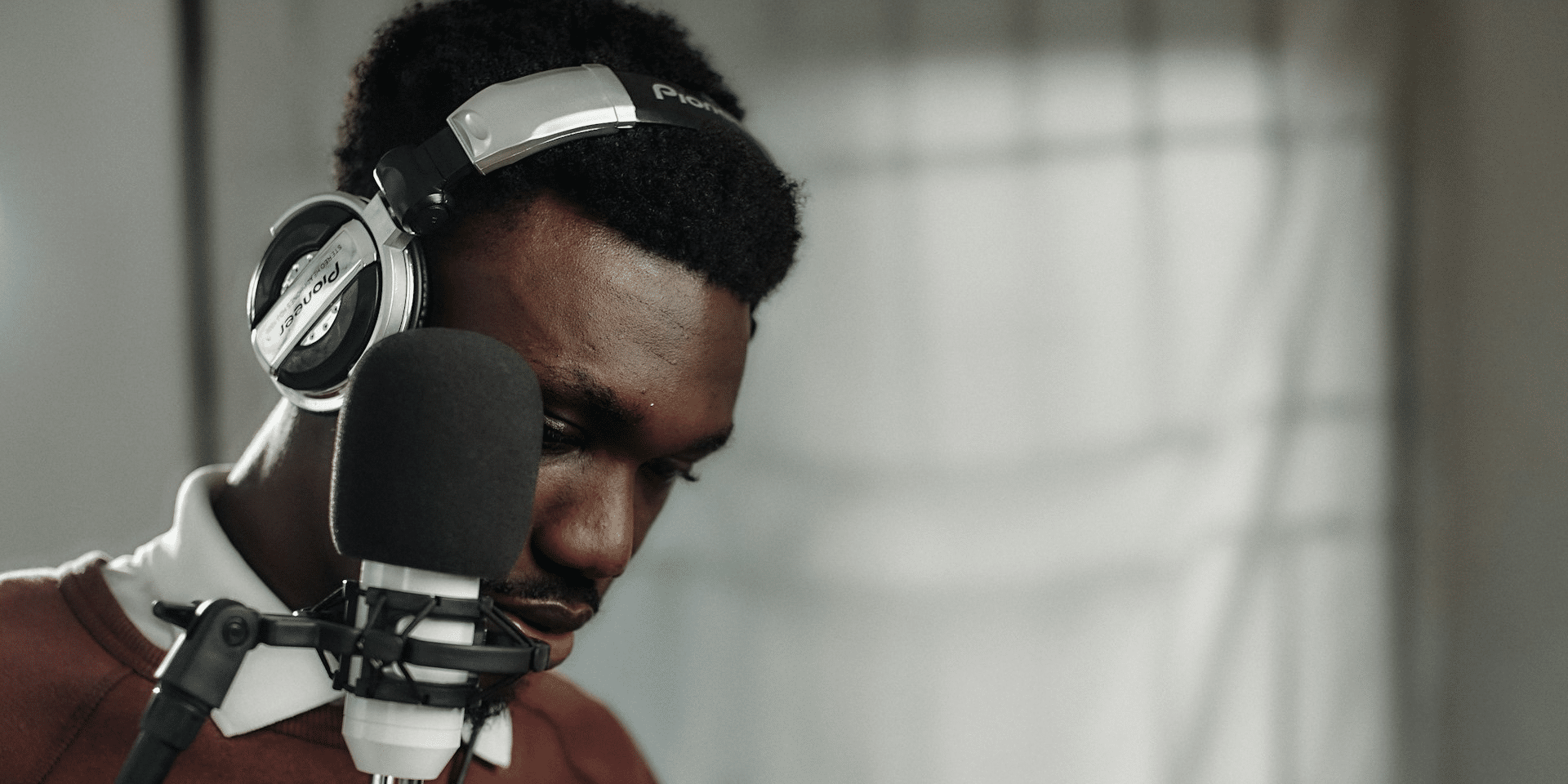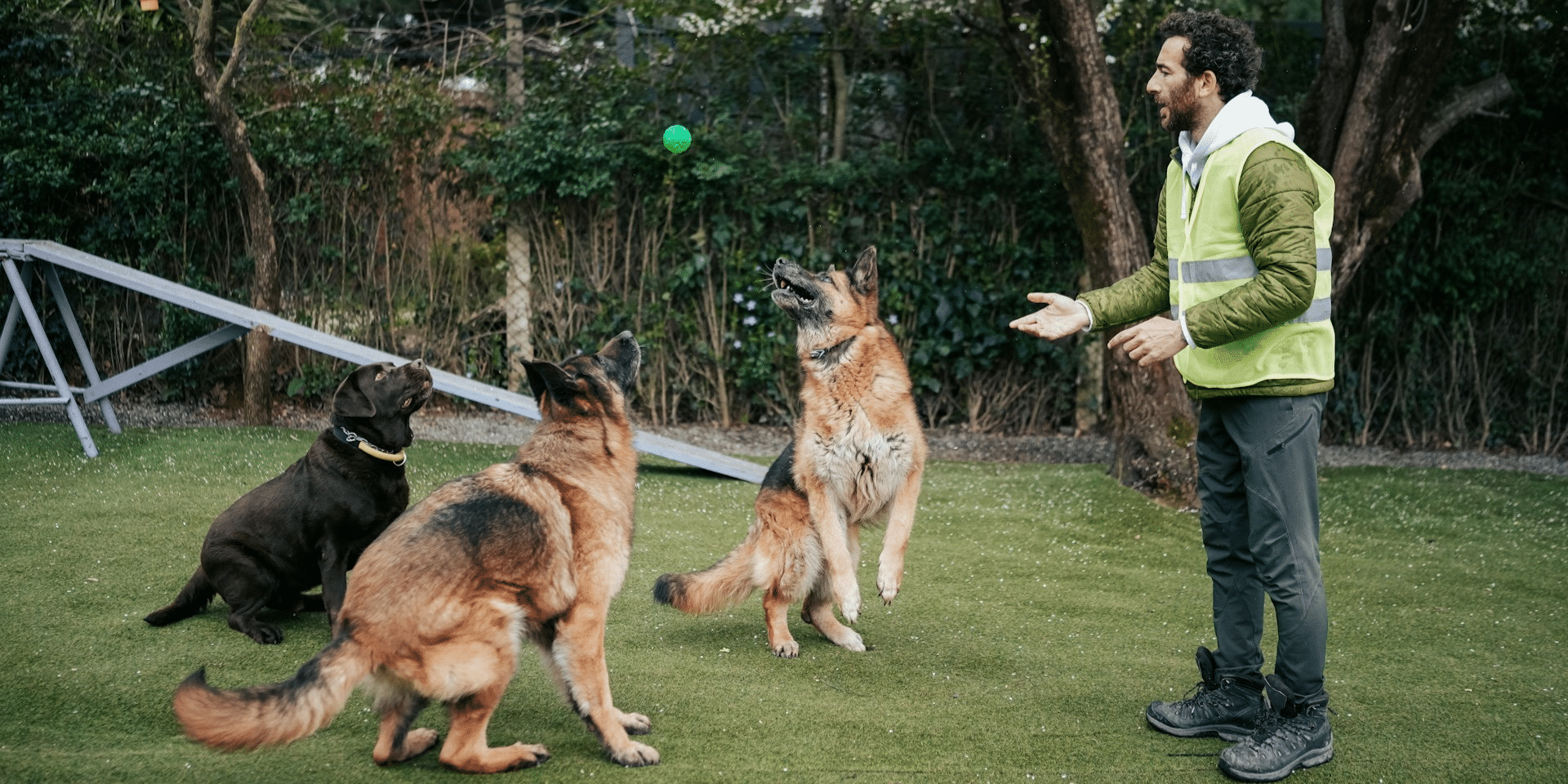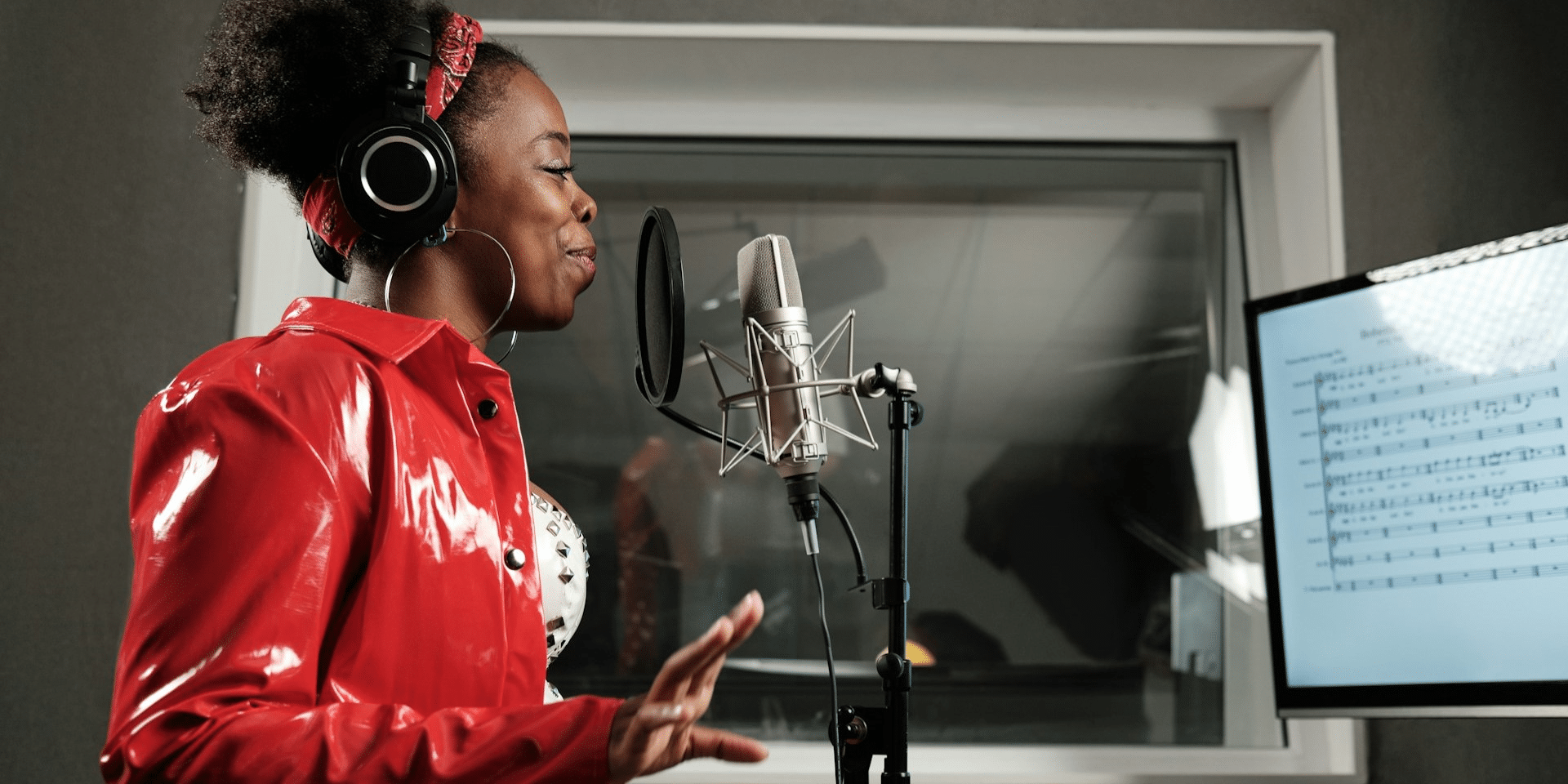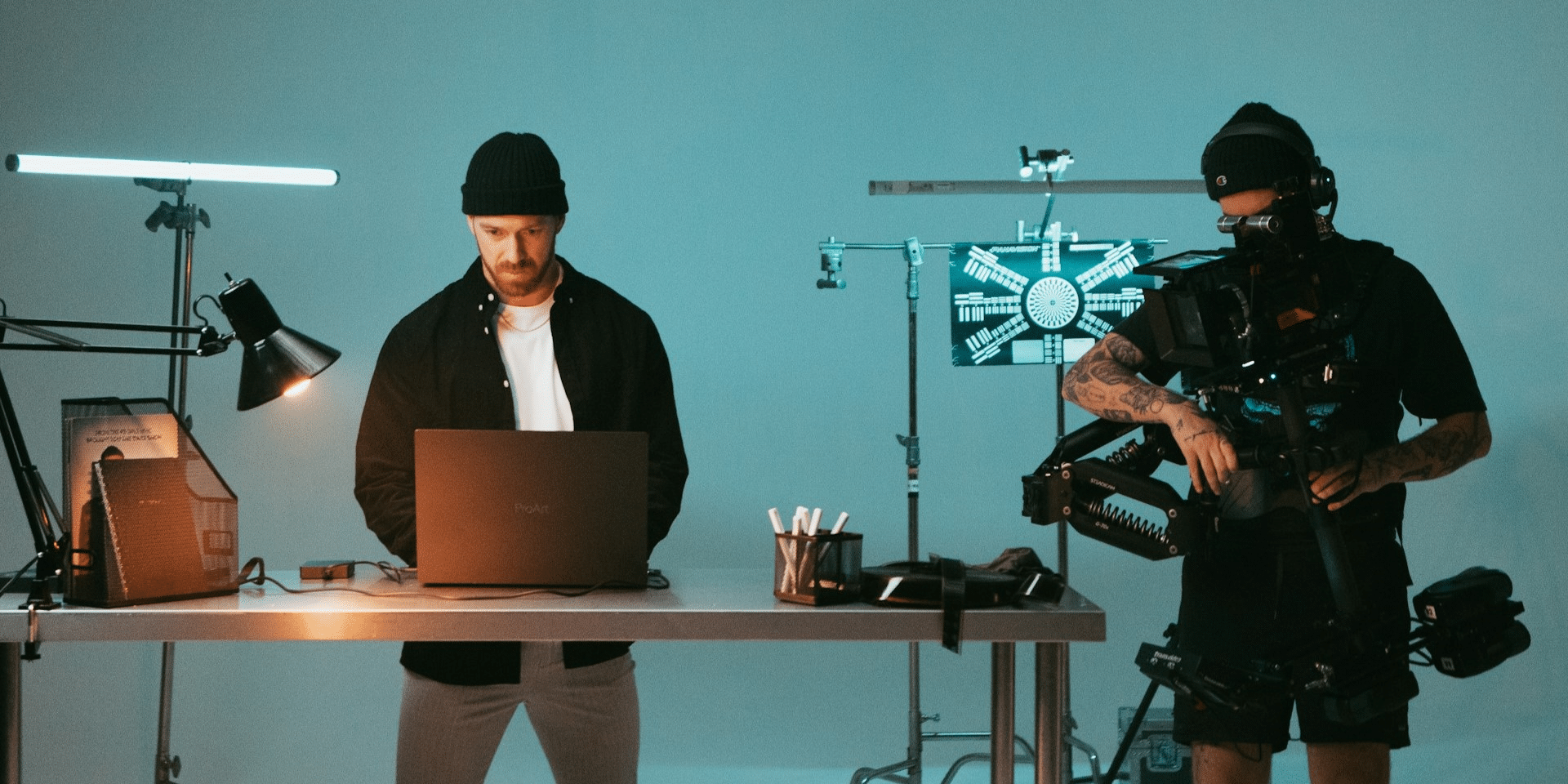Imagine this: you’ve got a killer concept for a video, a script that crackles with energy, and a cast ready to bring it to life. But when you hit the set, something feels off. The shaky footage just doesn’t capture the vision you have in your head. That’s where camera rigs come in – the unsung heroes that elevate your video from shaky home movie to professional masterpiece.
Beyond Point and Shoot: The Power of Rigs
A camera rig is essentially a support system for your camera. It can be as simple as a tripod or as complex as a handheld gimbal. Here’s why having the right rig is crucial for your production:
- Stability is King: Shaky footage is the enemy of a professional-looking video. A good camera rig provides a stable platform for your camera, eliminating unwanted jitters and bumps. This allows you to capture smooth, cinematic shots that elevate the production value of your video.
- Unlocking Creative Freedom: Camera rigs open up a world of creative possibilities. From smooth dolly shots that glide effortlessly through a scene to dynamic crane movements that offer a bird’s-eye view, the right rig lets you achieve shots that simply wouldn’t be possible handheld.
- Precision and Control: Professional camera rigs often come with features that enhance your control over the shot. Glide tracks allow for precise camera movements, while focus rigs enable smooth focus pulls, ensuring your subject stays sharp throughout the scene.
According to a study, “The Vital Role of Camera Rigs in Modern Filmmaking,” “The right camera rig can be the difference between an amateurish production and a polished, professional-looking film.” It’s not just about fancy equipment; it’s about having the tools you need to execute your creative vision flawlessly.
Rig Rundown: Choosing the Right Tool for the Job
With so many camera rigs on the market, choosing the right one can feel overwhelming. Here’s a breakdown of some popular options to help you navigate the world of camera rigs:
- Tripods: The classic workhorse, tripods offer a stable platform for static shots. They’re perfect for interviews, product demonstrations, or capturing B-roll footage. Look for tripods with adjustable legs and a sturdy head that can support the weight of your camera and any additional accessories you might be using.
- Gimbals: These handheld stabilizers are a game-changer for achieving smooth, professional-looking footage on the move. Gimbals use motors and sensors to counteract camera shake, allowing you to capture fluid shots even when walking, running, or following your subject through a crowd. When choosing a gimbal, consider the weight of your camera and lens combination, as well as the size and portability of the gimbal itself.
- Sliders: Glide tracks or sliders allow you to create smooth, horizontal camera movements. These are perfect for adding a touch of production value to interviews or product reveals. Look for sliders made from sturdy materials that can support the weight of your camera rig. Some sliders even come with motorized options for even smoother camera movements.
- Drones: For breathtaking aerial shots, drones offer a unique perspective. However, be sure to check and follow local regulations before operating a drone for your production. Drone regulations can vary depending on your location, so it’s important to do your research beforehand. Additionally, operating a drone requires practice and skill, so be sure to hone your piloting skills before incorporating drone footage into your production.
Remember, the best rig isn’t always the most expensive one. Consider the needs of your production, the type of shots you want to achieve, and your budget when selecting your camera rig.
Beyond the Gear: Mastering the Art of Rigging
Having the right camera rig is just the first step. Mastering the art of rigging takes practice and an understanding of how different rigs operate. Here are some tips for getting the most out of your camera rig:
- Practice Makes Perfect: Get comfortable using your camera rig before hitting the set. Experiment with different movements and camera angles to familiarize yourself with its capabilities.
- Balance is Key: Properly balancing your camera on the rig is crucial for smooth, stable footage. Take the time to ensure everything is perfectly balanced before you start filming.
- Safety First: Always prioritize safety on set. Be aware of your surroundings and operate your rig responsibly, especially when using complex equipment like drones.
Remember, camera rigs are tools, and like any tool, they’re only as good as the person using them. With the right equipment, some practice, and a healthy dose of creativity, you can use camera rigs to transform your video productions from ordinary to extraordinary.
So, ditch the shaky footage and embrace the power of camera rigs. After all, a well-chosen rig can be the difference between a good video and a great one. Now, go forth and create stunning visuals that will leave your audience in awe!

